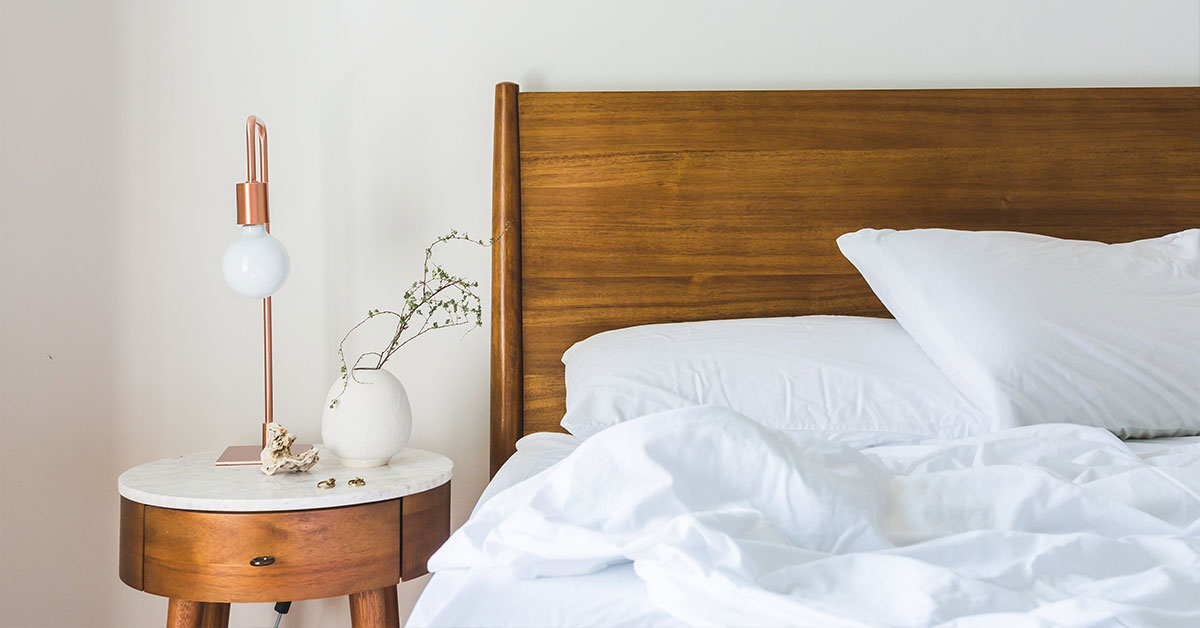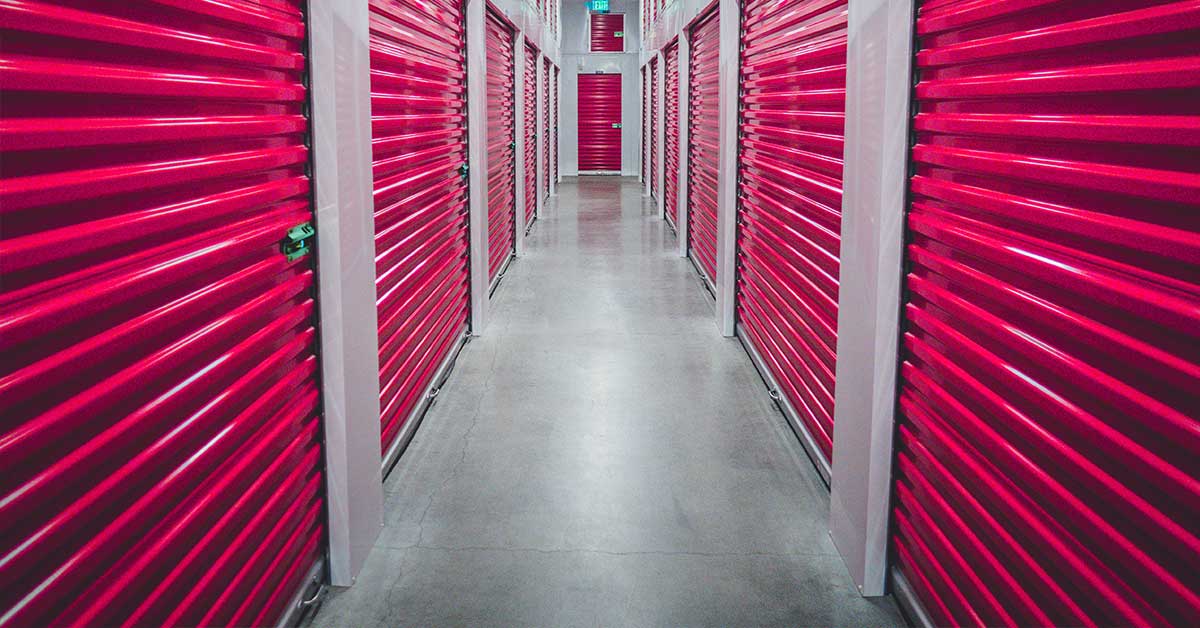Mattresses are an investment, both in cost and in the time it takes to find the right one. In fact, a quality mattress can last anywhere from 10 to 15 years if properly maintained.
Because the right mattress is expensive, it makes sense to want to store it when it’s not currently being used. However, a few months or years in storage can damage a mattress beyond repair if the proper care isn’t taken.
Maybe you’re getting married and you need to upgrade from a twin to a queen, or your kids are moving out, and you want to repurpose their rooms. Whatever the case — proper mattress storage will significantly expand the longevity of your bed. Keep reading to find out how to store a mattress correctly.
The Importance of a Proper Mattress Storage
Proper mattress storage decreases the chances of funky odors. Storing a mattress with care will prevent it from soaking in odors from your home. Insufficient air circulation between the layers can also result in a stale odor.
You definitely don’t want any mold or mildew in your mattress. Proper humidity is as important as proper aeration, and if your mattress is just lying on the basement floor, it could become an easy target for colonies of mold or mildew that thrive in humid environments.
Proper storage will help your mattress retain its shape and structure and protect the construction.This is especially important for firm and ultra-firm mattresses that typically have fewer layers, making them more susceptible to outside impact.
Finally, let’s run through a list of things you need to do before you place your mattress into a storage vault or a dark room.
Clean The Mattress
Your mattress has probably collected some dust and debris during use. The dust buildup, along with insufficient cleaning, creates a perfect environment for dust mites, which are the most common allergens in U.S. homes.
To prevent them from hosting a party inside your mattress, give it a thorough cleaning session before you put it into storage:
- Remove all the bedding and mattress protectors from the mattress and vacuum it from all sides. If your mattress has a tufted top, use a small brush for hard-to-reach places to clean every crevice.
- If your mattress has some stains, treat them. Make a mixture of lukewarm water, dish soap, and baking soda and pour it into a spray bottle. Generously spray the mixture on a stained area and a few inches around it. Let sit for 10-15 minutes and blot the stain with a cloth. Allow the mattress to dry before storage or use .
- Disinfect the surface. To make sure that your mattress has a minimal amount of microorganisms, you can disinfect the surface by spraying it with a Lysol spray and allowing it to dry out.
Invest in a Mattress Storage Bag
You should store your mattress in wrapping to prevent any unwanted critters from using it as their home.
The easiest way to do it is to use perforated plastic wrap, but if you’re about to get fancy, we recommend that you purchase a mattress storage bag. Dedicated mattress storage bags a layereds design with waterproof linings which can keep your mattress secure while protecting it from any unpleasant accidents.
Store a Mattress on a Flat Surface
Mattresses have a structure: they consist of top layers, comfort layers, transitional layers, and the base. The best way to maintain your structure, and therefore the comfort of your mattress, is by laying it on the floor or another flat surface.
Placing a mattress on the side, folding, or rolling it may cause the structural elements to shift or bend under their weight, which will result in lumps or broken coils. That’s why your storage room should have enough space to place your mattress as you’d typically put it on the bed.
How to Store a Mattress Depending on Its Type
Generally speaking, the way you store your mattress is the same regardless of its type: don’t place it on an uneven surface or right on the ground, and make sure it’s protected from mold and dust mites.
Each mattress type has its unique features, which may require special care:
- Memory foam mattress. Memory foam mattresses don’t have coils inside and can adjust to your body curves pretty easily. However, the softness of memory foam can work against you if you place a mattress on an uneven surface. Plus, memory foam is especially susceptible to mildew growth, so be sure to wrap the mattress into a plastic or place it in a storage bag.
- Latex mattress. Natural latex is dense and heavy, so it has a higher chance of bending under its own weight. Place a latex mattress on a flat, supportive surface. Avoid storing it on the side or in an upright position.
- Hybrid mattress. Hybrid mattresses are among the heaviest, and they also have a rigid coil layer for a core. However, the coils inside a hybrid mattress typically are individually wrapped, making them more likely to shift if you place the mattress on its side.
- Spring mattress. Unlike hybrid mattresses, spring mattresses have a reinforced coil unit with a wired perimeter, which maintains shape better. But they are still prone to bending and breaking, so be sure to store it in a flat position.
- For big sizes, such as King, California King, high-profile, or bulky RV mattresses (check the best ones on this page), the main concern is their weight. If you place these mattresses on a lumpy surface or store them on the side, they might bend under their weight and lose all supportive properties.
Store your mattress in a storage unit
You can rent a storage unit and store your mattress for long-term or short-term. At U-Lock Mini Storage, we have a wide selection of storage unit sizes for you to choose from.
We offer storage solutions to our clients across Greater Vancouver, Vancouver Island and the Fraser Valley with storage units in Chilliwack (Chilliwack U-Lock Mini Storage), South Surrey and White Rock (White Rock U-Lock Mini Storage), Burnaby and Vancouver (Burnaby U-Lock Mini Storage), Victoria (Victoria U-Lock Mini Storage), Nanaimo (Nanaimo U-Lock Mini Storage) and Parksville (Parksville U-Lock Mini Storage).



